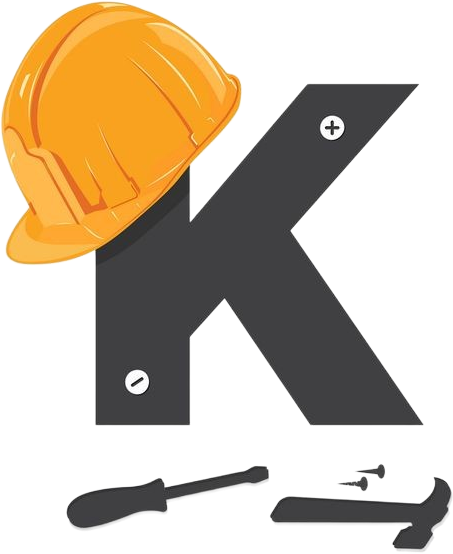Scope of Work
To ensure compliance with health, environmental, and safety regulations specific to construction projects and to promote a culture of safety within the organization.
The Healthy, Environmental, and Safety Engineer will play a crucial role in promoting a safe and environmentally responsible culture within the construction projects of the organization. This position will be responsible for ensuring compliance with all relevant health, safety, and environmental regulations while fostering a proactive approach to workplace safety and environmental stewardship.
Duties & Responsibilities:
- Policy Development and Compliance
- Develop, implement, and continuously improve health, safety, and environmental policies and procedures.
- Ensure all practices meet local, state, and federal regulations, including OSHA standards and environmental laws.
- Keep abreast of industry trends, emerging regulations, and best practices to inform policy recommendations.
- Site Inspections and Risk Assessments
- Conduct regular site inspections and risk assessments to identify safety hazards and environmental risks.
- Analyze inspection results and collaborate with project teams to develop corrective action plans.
- Prepare comprehensive reports documenting findings, non-compliance issues, and recommendations.
- Training and Awareness
- Develop and deliver training sessions on health, safety, and environmental practices for staff and contractors.
- Create engaging educational materials (handouts, presentations, e-learning modules) to enhance understanding of compliance requirements.
- Promote a culture of safety through ongoing communication and engagement initiatives.
- Incident Investigation and Reporting
- Lead investigations of workplace incidents and near misses, documenting findings and facilitating root cause analysis.
- Prepare incident reports for management and regulatory agencies as required.
- Recommend corrective actions and preventive measures based on investigation findings to minimize future risks.
- Data Collection and Analysis
- Collect, analyze, and report on key performance indicators (KPIs) related to health, safety, and environmental performance.
- Collaborate with data teams to maintain accurate records of incidents, training sessions, and safety audits.
- Utilize data to identify trends, areas for improvement, and opportunities to exceed compliance standards.
- Emergency Preparedness
- Develop and implement emergency response plans and procedures tailored to specific construction project risks.
- Conduct regular drills and scenarios to test emergency response protocols and improve readiness.
- Ensure all staff are familiar with emergency procedures and understand their roles in emergency situations.
- Cross-Departmental Collaboration
- Work closely with project managers, engineers, and other stakeholders to integrate safety and environmental considerations into project planning and execution.
- Serve as the primary point of contact for health, safety, and environmental matters at the project site.
- Participate in project meetings to provide insights on safety best practices and compliance issues.
- Environmental Stewardship
- Identify and implement programs to minimize the environmental impact of construction activities, including waste reduction, recycling, and sustainable practices.
- Monitor and report on environmental performance, including emissions, resource consumption, and waste management.




